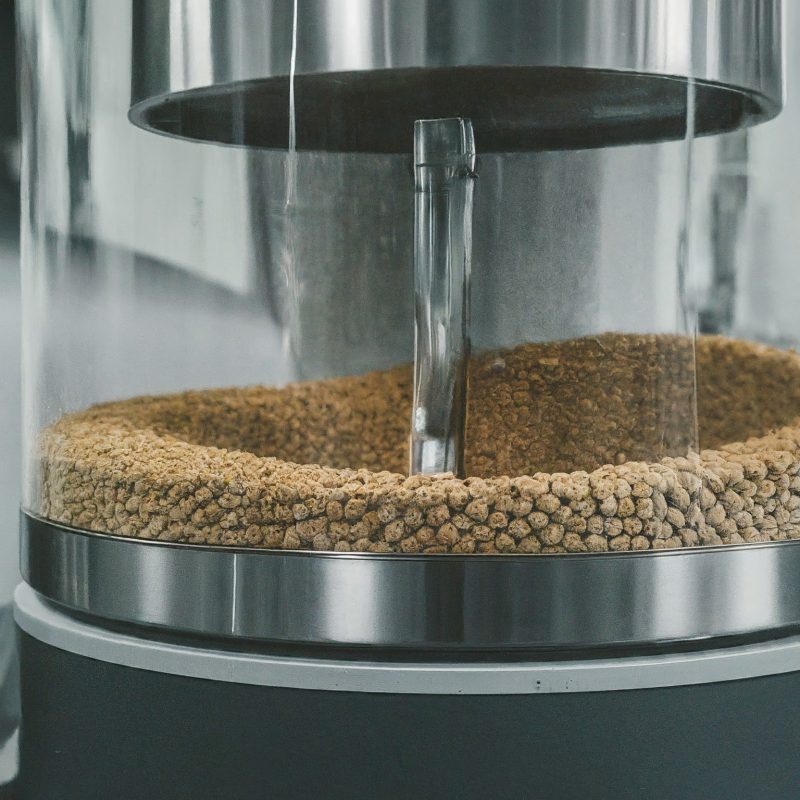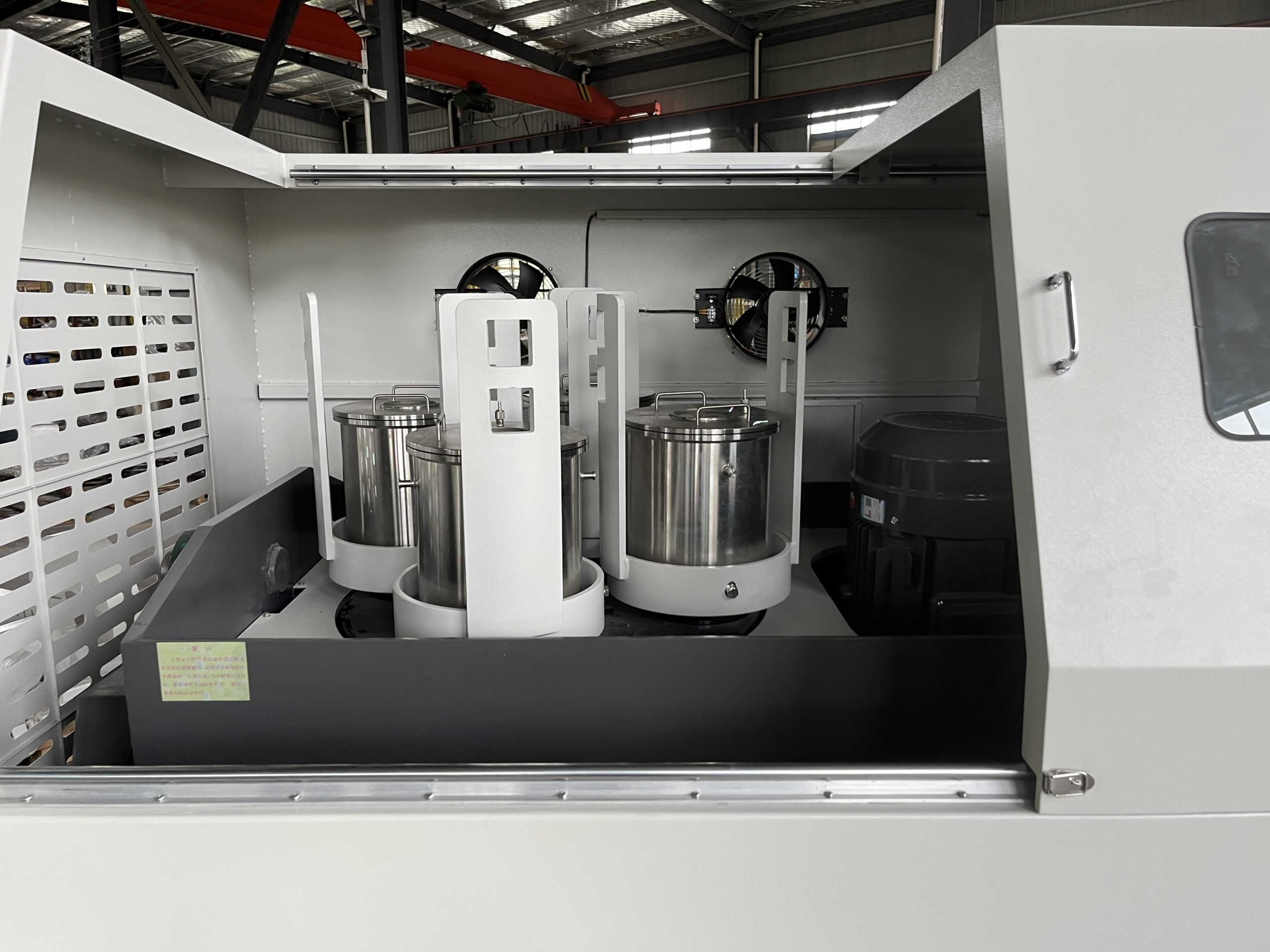Just as the cosmos unfolds across vast distances, the realm of materials science delves into the infinitesimal. Within this intricate dance of particles, a fundamental process plays a crucial role – the act of grinding. It is here, at the intersection of the macro and the micro, that the ball mill emerges, an instrument as elegant in its simplicity as it is powerful in its application.

This article, much like Stephen Hawking’s A Brief History of Time, seeks not to delve into the complex physics governing ball mills, but rather to equip the curious mind with a user’s guide – a roadmap to navigating the world of ball mill acquisition for grinding purposes.
Our universe is a symphony of materials, each with its own unique properties. From the delicate dance of electrons in conductors to the robust strength of steel, these materials are the building blocks of our technological marvels. Yet, for these marvels to exist, the raw materials often require transformation – a reduction in size to unlock their full potential.
Imagine a celestial body, a vast asteroid hurtling through space. To understand its composition, we might need to break it down into smaller fragments, to analyze its constituent parts. In the realm of materials science, the ball mill acts as our cosmic grinder, shattering and pulverizing materials to reveal their fundamental secrets.
At its core, the ball mill is a deceptively simple device. A cylindrical chamber, often constructed of robust steel, houses a collection of grinding media – typically hardened steel or ceramic balls. As the chamber rotates, driven by a powerful motor, these balls embark on a relentless ballet. They collide with each other and with the material to be ground, relentlessly breaking it down into ever-smaller particles.

The beauty of the ball mill lies in its versatility. By adjusting the size and material of the grinding media, the speed of rotation, and the duration of the grinding process, one can achieve a remarkable degree of control over the final particle size. It is akin to an orchestra conductor, manipulating the tempo and instruments to achieve the desired symphony of particle sizes.
Just as the cosmos unfolds across a vast spectrum of celestial bodies, the world of ball mills offers a multitude of choices. Here, we delve into the key factors to consider when selecting the right ball mill for your grinding needs:
The Realm of Size: Ball mills come in a variety of sizes, from compact benchtop models suitable for small-scale operations to industrial behemoths capable of handling vast quantities of material. The choice depends entirely on the scale of your grinding endeavors.
The Power of the Grind: The motor driving the chamber rotation determines the grinding force and ultimately, the particle size achievable. A more powerful motor is necessary for tougher materials or finer particle sizes.
Material Matters: The type of material to be ground plays a crucial role. Brittle materials like ceramics readily succumb to the forceful collisions, while more resilient materials might require a different type of grinding media or a longer grinding time.
A Symphony of Features: Ball mills range from basic models with manual controls to sophisticated machines equipped with automated settings, data logging capabilities, and even integrated safety features. The choice depends on your specific needs and budget.
Acquiring the right ball mill is just the first step in the grinding journey. Here are some additional considerations to ensure a successful outcome:
The Grinding Media Mix: The size and quantity of the grinding media within the mill significantly impact the final particle size. Smaller balls generate finer powders, while larger balls are better suited for coarse grinding. Choosing the appropriate media is crucial for optimal results.
The Dance of Time: The duration of the grinding process plays a vital role. Over-grinding can lead to unwanted heat generation or the degradation of the material. Finding the optimal grinding time requires experimentation and careful monitoring.
Safety in the Material Universe: Ball mills can be powerful machines. Following all safety protocols, including proper use of personal protective equipment, is paramount to prevent accidents.
As our understanding of materials science continues to evolve, so too will the ball mill. Here are some potential areas of exploration:
The Rise of Smart Mills: Integration of sensors and automation might enable real-time monitoring and control of the grinding process,ensuring optimal performance and consistent results.
Novel Grinding Media: Development of new materials for grinding media could expand the range of materials that can be processed and potentially achieve even finer particle sizes.
